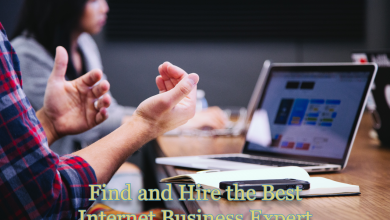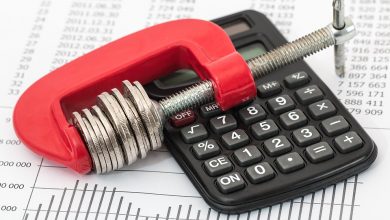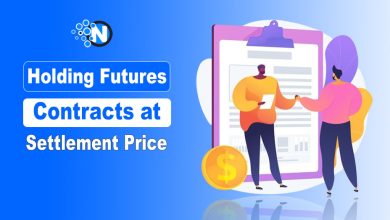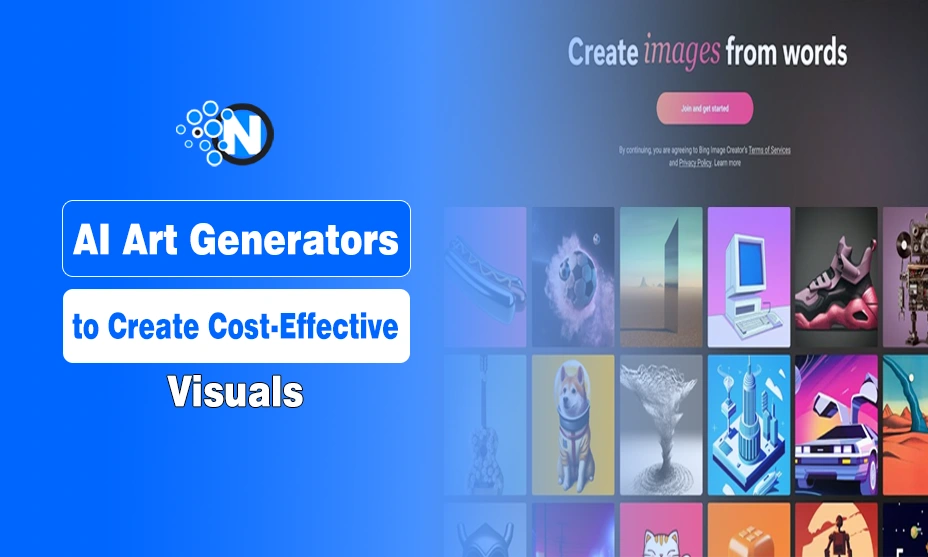
Visual content is what tech startups thrive on. From app interfaces to social media posts, excellent graphics help brands stand out. But good design is expensive; engaging graphic designers or purchasing artwork can quickly deplete a small business’s resources.
Here is where artificial intelligence art-generating tools come into play.
Creating images from text descriptions using artificial intelligence provides a reasonably priced approach to generating the visuals needed without breaking the bank.
In this blog post, I will discuss how small tech businesses can save time and money with AI art tools while maintaining aesthetically pleasing images.
Let’s start!
AI Art Generators Explained
AI art generators are artificial intelligence-powered tools that create visual art based on prompts or inputs provided by users. These tools use machine learning algorithms, often involving techniques like neural networks, to analyze and replicate artistic styles or produce entirely new designs.
These tools can generate everything from abstract art to realistic images, and their applications range from graphic design to entertainment, education, marketing and more.
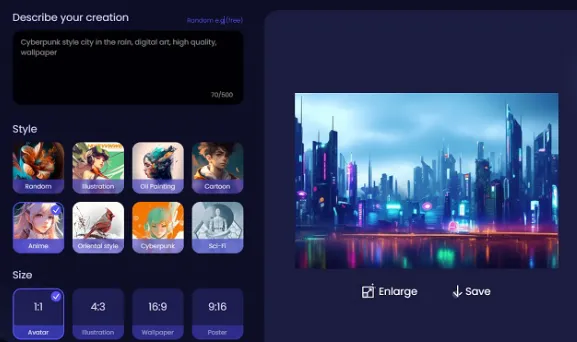
Key Benefits of AI Art Generators
Cost Savings
One obvious advantage of AI-generated art is cost-saving. Traditional design projects are costly. For a small startup, hiring a professional for a logo or graphic may cost hundreds or even thousands of dollars, a significant outlay of funds.
On the other hand, many artificial intelligence art tools are either free or relatively inexpensive. While some sites charge a nominal monthly fee, others let you create basic images at no cost.
For instance, a decent logo can be designed for just in $50 instead of paying $1000 to a graphic design agency. Every dollar not spent on design can be reinvested into marketing or product development. An AI art generator levels the playing field, enabling cash-strapped companies to obtain professional-looking images without the high cost.
Speed and Efficiency
AI art generators work lightning fast. Creating a visual through traditional methods with a designer can take days or even weeks. On the other hand, an AI tool can generate several image ideas in just a few seconds. Startups would benefit greatly from this speed.
Instead of waiting in a design queue, a marketing team can have a new social media graphic the same day it is needed. Product teams can similarly create UI mock-ups or graphics on demand.
Fast turnarounds allow entrepreneurs to react to trends and opportunities more quickly. Basically functioning as an on-demand design assistant, an artificial intelligence generator significantly increases daily task efficiency.
Customization and Quality
AI art tools offer a high degree of customization. Prompts and settings allow users to achieve the desired style or details. This allows small companies to find images closely aligned with their brand instead of relying solely on mass-produced generic graphics. A unique AI-generated image often fits better than a standard stock photo.
Furthermore, much has changed in terms of quality. High-quality, polished artwork created by modern artificial intelligence models such as DALL-E or Midjourney looks professionally made.
While AI outputs may still require some human modification, the ability to quickly obtain personalized, high-quality images is quite beneficial. It provides entrepreneurs with creative freedom that traditional design approaches, which are more expensive and slower, cannot offer.
AI Art in Marketing and Branding

Logo design is one common application for AI art. A startup can have an AI create a logo concept for a fraction of the cost of paying a designer’s hefty fee. Then, until they make professional design investments, they can refine that AI-generated logo or use it as a template. Beyond branding, companies use artificial intelligence to create website illustrations, advertisements, and social media graphics.
Without a professional design team, this maintains a consistent visual style. This demonstrates that AI art is a useful marketing tool, not just a novelty. It helps small teams create professional-looking images even without in-house designers. AI generators are now a regular tool in startup branding toolkits.
Challenges and Limitations
Though they offer many advantages, AI art tools do have some drawbacks to consider:
- Demand for human supervision: AI is not always flawless. Sometimes the image may have oddities or not match your vision. To ensure the output meets the brand’s needs, a human should always review and adjust it.
- Originality and copyright: AI models are trained on existing images, so their creations are not entirely original. The copyright rules for AI-generated images are still evolving. Startups should be cautious, especially with regard to important branding assets, and, if necessary, consider licensing AI-generated graphics.
- When to call a designer: Some projects still require a human touch, for example, a complete brand redesign, a highly specialized art style, or any highly innovative design that demands a professional designer. Knowing when AI has reached its limits and when human creativity is required is crucial.
Understanding these constraints, businesses can leverage AI art as a tool rather than a complete replacement for human designers.
The Future of AI Art in Tech Startups
The significance of AI art in digital businesses will only increase from here. Expect more art styles, even better-quality images, and outputs that are more closely aligned with consumer demands. Future AI creators might even learn a company’s specific brand design, ensuring that the visuals they produce fit seamlessly.
Furthermore, everyday tools with AI design elements are making it easier to create images as part of the daily workflow. Human designers can focus on higher-level creative direction and fine-tuning, while AI handles much of the heavy lifting in producing images.
Conclusion
Small tech companies now have a great ally in AI art generators. They create quality visuals quickly and at a fraction of the usual cost, fulfilling a fundamental need. This technology removes obstacles, allowing even new businesses to present themselves professionally.
Still, one should use AI art wisely. The best outcomes come from combining human creativity and oversight with the speed and cost benefits of AI.
Small businesses should consider incorporating AI art generators into their toolkit. Those who use AI for visual content can stay ahead of the competition and save resources in the fast-paced tech world. AI-generated graphics make high-quality images accessible and affordable for a startup trying to establish itself.

